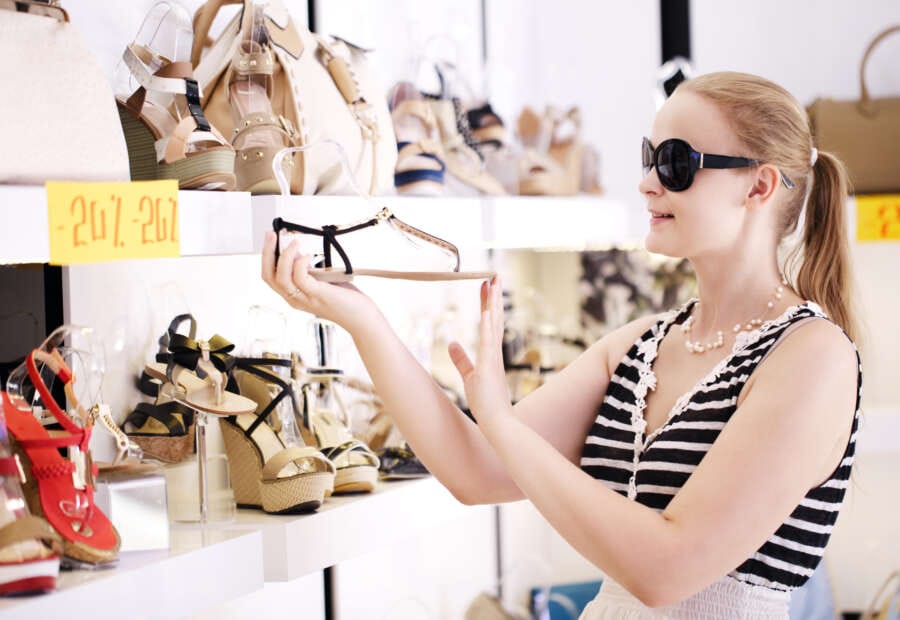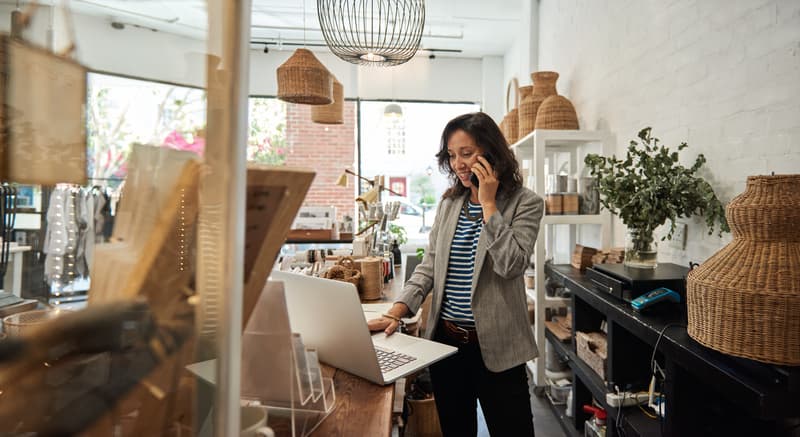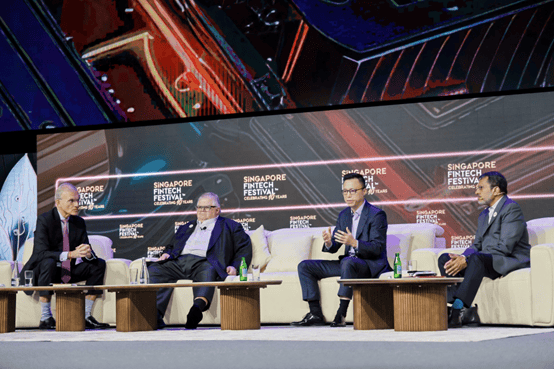
From sneakers fashioned from fishing nets, to swimsuits made from recycled plastic bottles; investing in fashion has long been a conscientious affair. More recently, things have skyrocketed, with VR companies designing entire digital collections on a per-need basis. The garments need not exist in the physical world – VR developers can work from a rough sketch before ‘stitching’ the digital item together using 3D software.
This kind of technology is transforming sustainability in the fashion industry by allowing only what is sold from the virtual showrooms to be produced, thus minimising waste. What’s more: augmented reality has made futuristic pieces that are only wearable for photos and in-game experiences possible.
“Despite the reopening of stores out of lockdown, what we’re seeing is that the footfall is still surprisingly low,” says Olga Dogadkina, Founder and CEO at Emperia. “Hence why brands are having to adapt with the e-commerce shift and digital fashion experiences.” The virtual reality platform for art and fashion recently created an immersive retail experience for the Burberry X Harrods pop-up in London, the first of a global series to celebrate the release of Burberry’s signature bag, ‘Olympia’.
Burberry isn’t the only brand leading by example. High street retailer Zara recently opted for AR models instead of mannequins for a personalised retail experience at 120 selected stores across the world. Using the Zara AR app, shoppers could activate holograms of models Leá Julian and Fran Summers in empty shop windows. Meanwhile, worlds apart: sci-fi-inspired brand Auroboros is set to be the first ever digital clothing brand to premiere its debut collection at London Fashion Week this year.
By expanding to the virtual market, brands are able to communicate their identity more imaginatively which, especially for those in the luxury sector, is crucial. The higher the price point, the more justification is needed. As Dogadkina explains: “It’s about the association with the brand and creating an experience that people want to be a part of. People are often happy to pay for that experience – which the core of luxury essentially is.”
E-commerce sites belonging to luxury and high street brands are often prone to looking incredibly similar. Now that our shopping habits have been diverted online, and as we’re continually inundated with content, this pain point has been amplified. These experiences present a new way for brands to set up camp in people’s minds, with the added bonus of saving precious time and resources.
While it may be harder to keep people engaged, Dogadkina says people currently spend on average 13 minutes across all virtual shows which, considering the average time spent on a normal web page is around 45 seconds, is pretty impressive.
In the absence of physical stores, there has also been the increased consciousness of the current state of the global fashion industry as a whole. Missguided is one rapidly-fast fashion brand that has been subject to scrutiny for its lack of environmental awareness as well as its failure to act in accordance with its mission statement: to “empower women” – given that the majority of workers in the fashion industry are female. US-based fast fashion retailer Fashion Nova is another that has also been called out for producing carbon copies of existing garments by independent designers.
More and more, people’s purchasing decisions are guided by the ethos behind the brand and its contribution to society. The fusion of fashion and virtual reality ticks several boxes: sustainability, accessibility, experience. And this is only the beginning.
All of the above factors have given rise to the necessity of ethical and sustainable fashion. With tech-powered, assisted shopping experiences from powerhouses like Gucci and Chanel, and the announcement of Farfetch’s envisioned Store of the Future back in 2017, the transition to digital fashion had been implied, but the pandemic has made it feel even more imminent. Luxury has confirmed the digital fashion shift is inevitable, but will the rest of the retail world follow?


